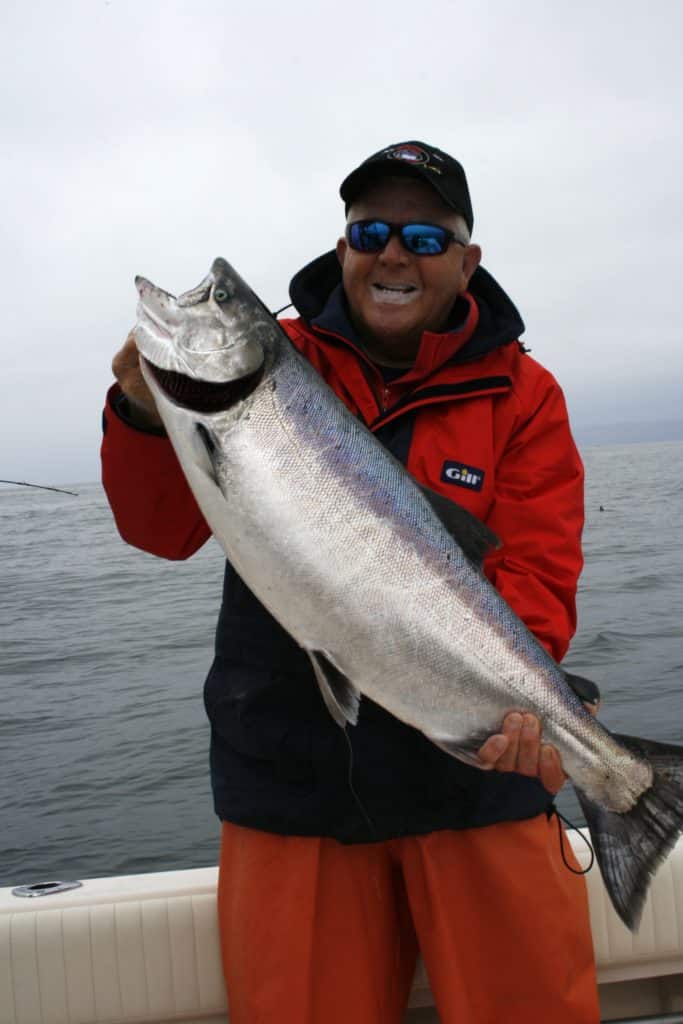
Flooded Rice Fields Produce Fat California Salmon
Young king salmon swam out of rice fields in California’s Central Valley this week fatter than their counterparts that fledged in rivers. The experiment to raise juvenile salmon in flooded rice fields began in February when scientists put 50,000 pinky-sized fish into flooded test fields on 18 acres in the Yolo Bypass north of Sacramento, according to a story in The Sacramento Bee.
The goal of the experiment, now in its second year, is to verify whether flooded rice fields are better for young king (aka chinook) salmon than life in a river, and to find the best floodplain conditions to help the fish thrive, according to the news report. The idea is to mimic historical conditions, when flooding gave salmon watery access to flatlands of the Central Valley.
On Wednesday, when researchers retrieved and weighed the young salmon, they found the fish gained an impressive 0.17 grams per day on average. The salmon grew into chubby, palm-sized adolescents. Their kin in the river? They grew only about half as fast, according to The Sacramento Bee.
The story quotes Carson Jeffres, a researcher at the University of California at Davis, which partnered in the experiment with California Trout and the California Department of Water Resources. “For the second year, these fish have grown so fast that we’re calling them our ‘floodplain fatties’,” Jeffres said.
The salmon were able to swim back to the Sacramento River via canals that link the test fields to drains in the Yolo Bypass. Along the way, they were netted for counting and measuring, according to the report. The results are significant because research has shown that bigger juvenile salmon survive better when they reach the ocean, and are more likely to return as spawning adults three years later. Researchers believe the fish grow fat because floodplains produce a bonanza of food: insects and zooplankton that hatch from the soil during floods.
To help struggling fish populations, water management and wildlife officials are looking for ways to create these conditions more often. More frequent flooding in the Yolo Bypass is one answer, reported The Sacramento Bee. Another is to fit salmon rearing into the rice growing cycle: Rice grows in shallow flooding conditions and is already the dominant crop in the bypass. This year’s fish grew about 30 percent bigger than those in last year’s test. This is due, ironically, to drought conditions this year. Reduced runoff volume in the water supply serving the test plots caused the food supply in the water to become even more concentrated, the paper reported. This made an even richer buffet for the salmon. It also offers a good illustration of how floodplains are supposed to work, even in years with erratic rainfall.








